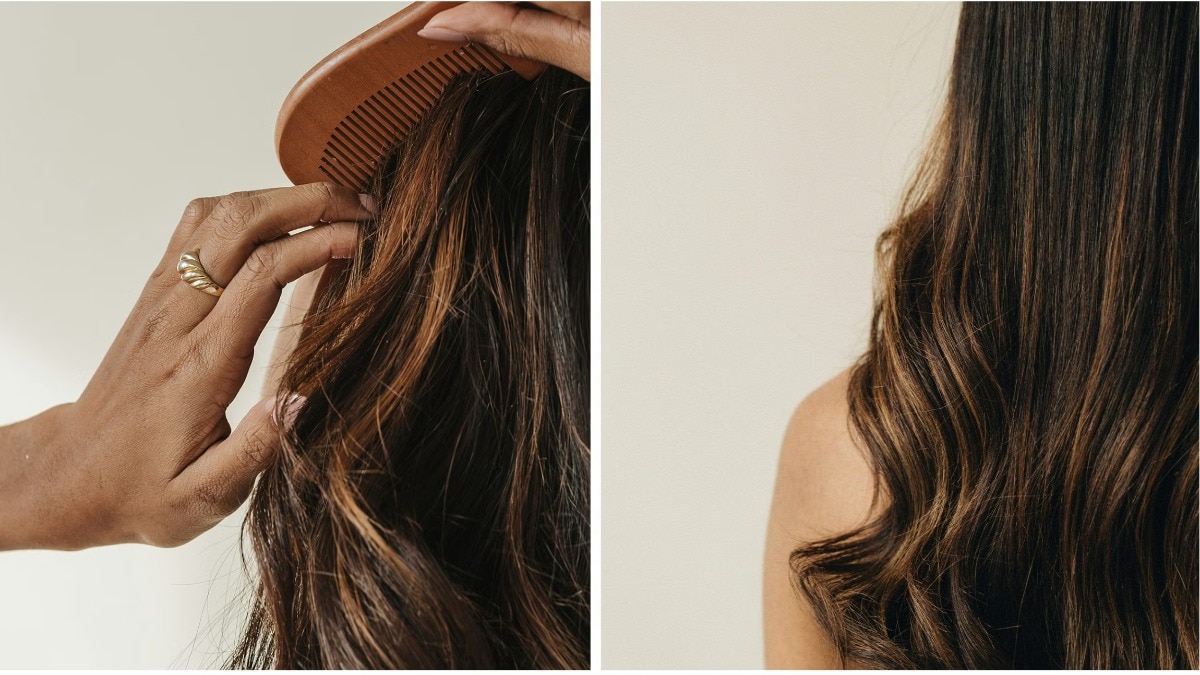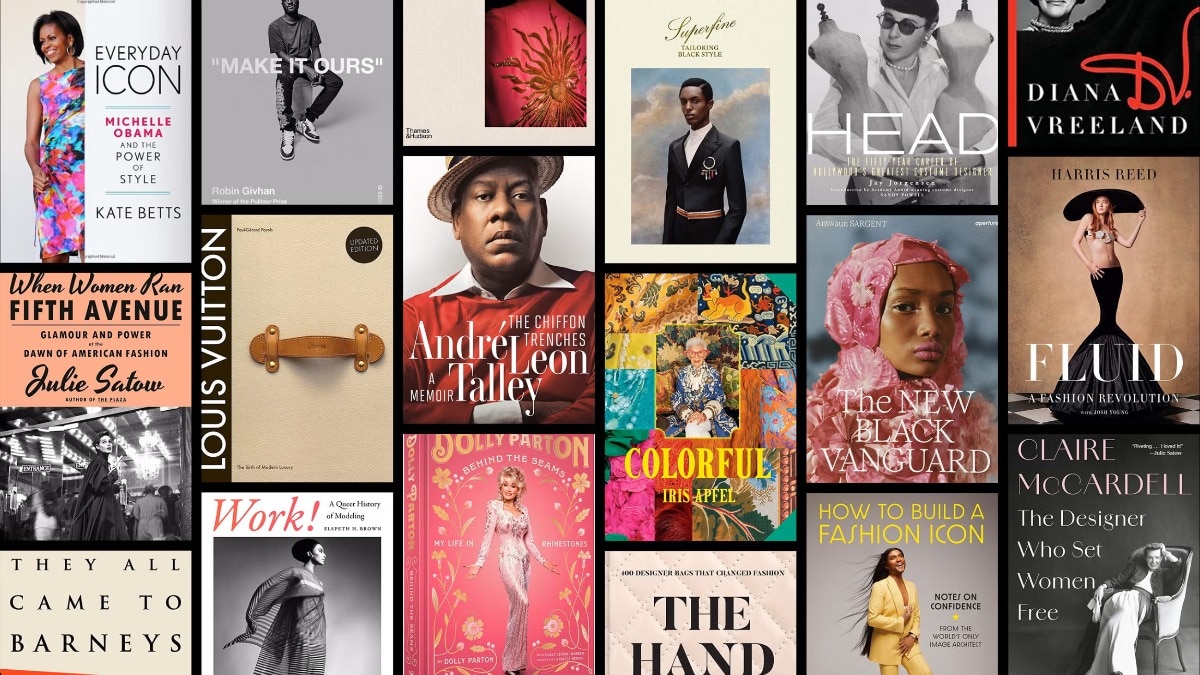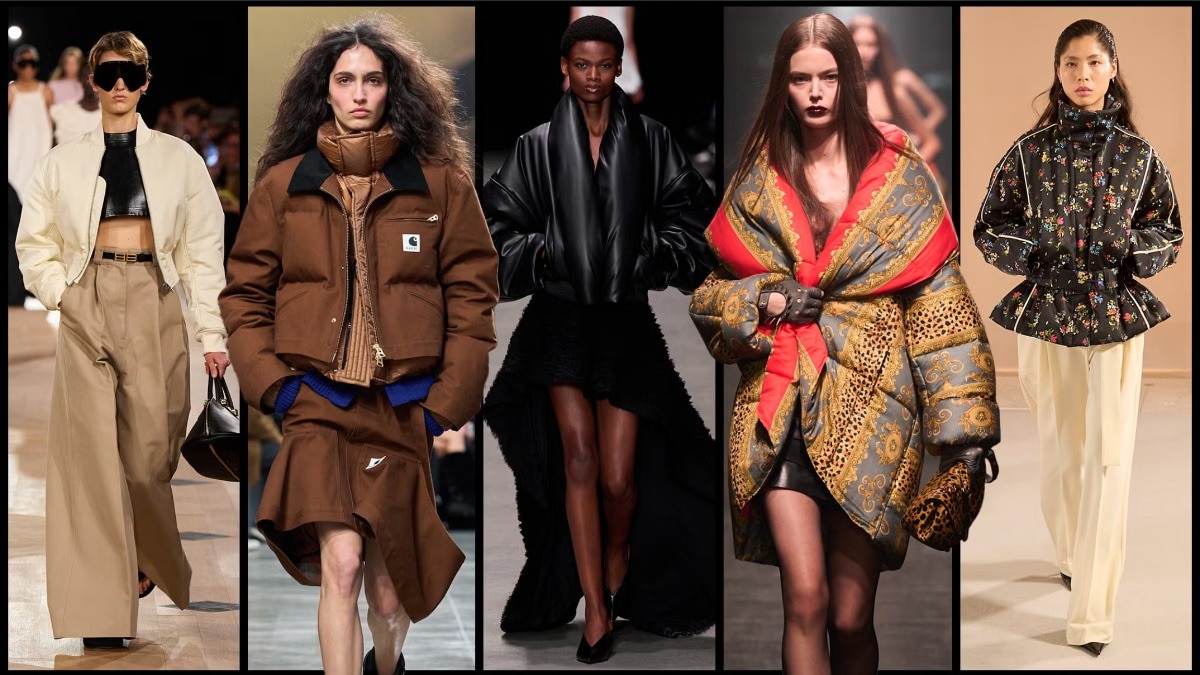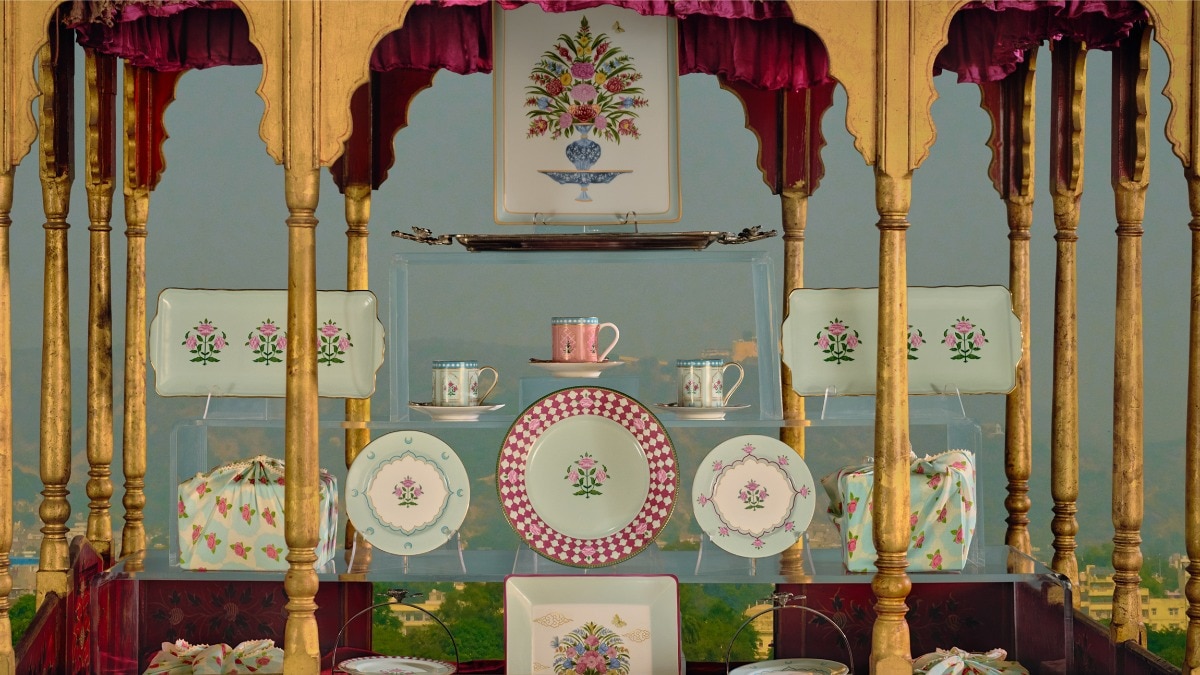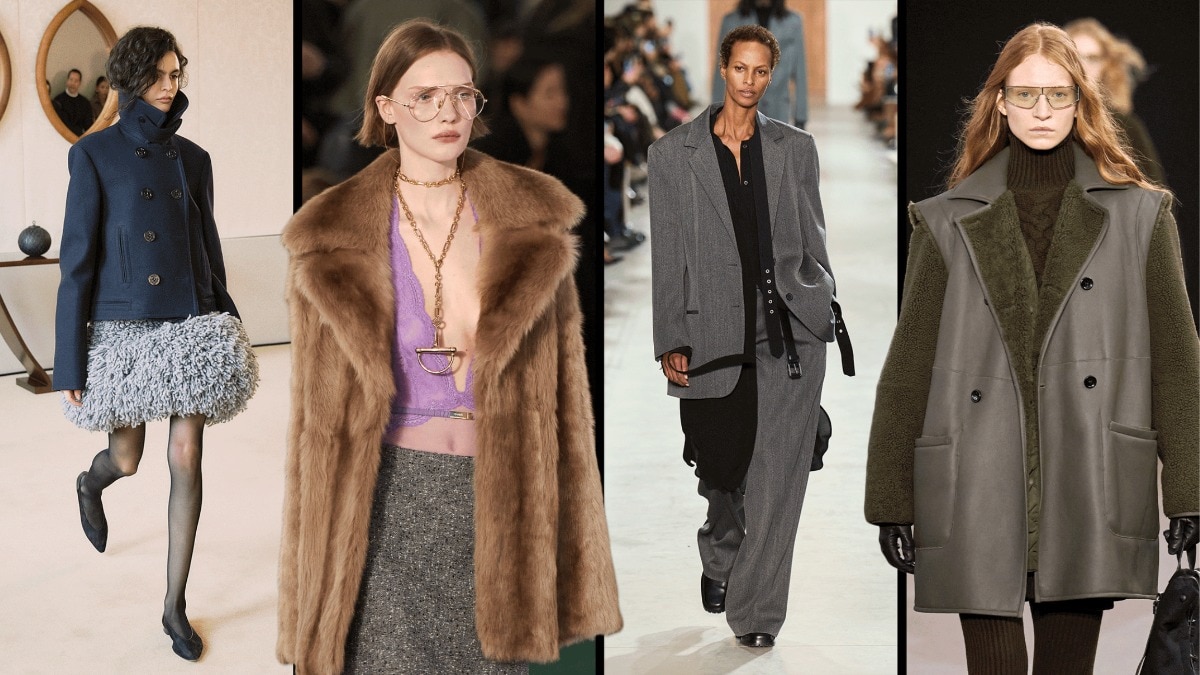Is acupuncture a natural facelift?
Acupuncture has taken 3,000 years to become a trend in the beauty world and beyond. Is now the right time to embrace the therapeutic needle?


Most of us would probably agree that the concept of ‘wellness’, though exceptionally popular right now, is rather ill-defined. Comprising countless services and products ranging from wonderful to woefully woo-woo, it’s often hard to sort the medically supported wheat from the esoteric chaff—and easy to come away feeling no better, yet significantly less solvent. It puts the millennia-old practice of acupuncture in a delicate position. It’s supported by the NHS for the treatment of chronic and musculoskeletal pain and migraines, yet the NHS website nonetheless likes to point out that ‘traditional’ acupuncture (as opposed to what they call ‘medical’ acupuncture) is ‘not always based on rigorous scientific evidence’ and ‘largely based on belief’ in certain principles.
This ‘belief’ pertains to the concept of qi—or vital energy—said to flow throughout the body along meridians that link our organs and entire system together. Traditional Chinese Medicine (TCM), where acupuncture originated, believes that diseases of the body and mind start with blockages that prevent this energy from flowing freely, causing systemic inflammation—which, Western medicine concurs, is at the root of a huge amount of disease. TCM practitioners aim to unblock energy and blood stagnation by inserting needles at specific points around the body and face, restoring—in their tradition—balance, healing nutrients and oxygen flow. In this way, acupuncture treats the symptoms of disease as well as its causes, making it very much a form of preventative therapy. The NHS will only concede that the needles help release natural chemicals, such as endorphins, thereby aiding pain relief.
Time-tested
Non-pain related applications such as cosmetic acupuncture—hailed by many devotees for its lifting, plumping and skin-energising effects are backed up by scant evidence from a Western point of view. The lack of research rankles practitioners such as Joanna Ellner, an ex-beauty editor turned TCM acupuncturist. "There are plenty of peer-reviewed studies proving the benefits of acupuncture, but only one into facial acupuncture for skin rejuvenation," she says. "Yet acupuncture has been quietly providing results for thousands of years. It has survived cultural revolutions, warfare and the rise of tech—if it didn’t work, it would have simply faded away like so many of the facial rejuvenation gadgets I tested as a journalist." It’s the tech revolution, Ellner feels, that may be one of the reasons acupuncture is finally coming into its own over here. "It’s about the human touch and that connection," she says. "I believe its rise stems from us craving these things as biological creatures, when our hyper-digitalised culture is steering us away from them."
The beauty of acupuncture
So how is facial acupuncture meant to work—and does it amount to an ‘all natural facelift’? "As with all acupuncture, we treat the root and branch, so to speak," says Ellner. "A qualified TCM practitioner will diagnose which organs may contribute to skin issues (dry skin, for example, is likely linked to the lungs) and place needles that correspond to them at points around the face and body." This signals for the body to turn its attention to regulating, clearing and nourishing affected sites, with the aim of bringing skin-improving benefits from the inside out. Meanwhile, explains Ellner, these needles (which can penetrate to 10mm) have a direct effect on skin: they can simulate muscle as well as provoke a collagen density-boosting injury response in the dermis. "I also insert tiny gold intradermal needles directly into the fine lines of the face at a much more superficial depth to help stimulate fresh cell regeneration in the epidermis, which is often last in line when receiving cellular nutrients," she says.
It’s not to be confused with microneedling, says TCM doctor John Tsagaris, whose client list includes many A-listers. "Microneedling is an effective way to mechanically resurface the skin, while cosmetic acupuncture is about skin biostimulation and a mind-body approach," he explains. He also maintains the practice can "optimise the regenerative abilities" of aesthetic procedures such as lasers, mesotherapy and other tweakments—"most of which my clients have had", he says. Tsagaris uses acupuncture to improve the look of lumpy fillers and correct botched Botox, and claims expertly placed needles can even boost bone regeneration and accelerate fat decomposition, helping correct the loss and migration of these tissues that happens with age. In addition, he’s developed his own method called Acuskinlift, which, he explains, works by twisting the needle to "coil collagen fibres around it, forming threads". "These support the skin’s structure, resulting in firmness, volume and the activation of fibroblasts to produce more collagen and elastin," he explains.

Elsewhere, cosmetic acupuncturist and holistic therapist Sarah Bradden will combine facial acupuncture with reiki, LED light, acupressure massage, ear seeds (think tiny studs on acupressure points) and, sometimes, microneedling. "I specialise in things that help the skin help itself," she says. "Facial acupuncture is a powerful treatment that’s even more effective with these complementary therapies, which I tailor to the individual." Ellner practises in the same way, throwing in cupping, gua sha, and tui na facial massage techniques.
Those emerging from a facial session with Tsagaris, Ellner, or Bradden invariably rave about the tone and juicy translucency they’re left with—alongside a feeling of inner calm. Results are temporary, but set in with regular treatment. All acupuncture benefits are gradual and cumulative, as it takes time for the body to reset and release blockages.
Beyond pain relief and facials
Increasingly, health practitioners of all persuasions see acupuncture as the perfect complementary therapy to their skills. Last year, Pricc collaborated with eye health brand Peep Club to offer a treatment aimed at relieving dry eye syndrome – a scratchy, teary condition that’s on the up and has been clinically proven to be alleviated by acupuncture sessions. "Dry eye has a lot to do with inflammation and will get progressively worse if it’s not addressed," says Victorine Pot, acupuncturist and founder of Pricc. "Research shows acupuncture stimulates our vagus nerve, triggering the adrenal glands to release dopamine to tame the activity of inflammatory molecules." Therefore, a course of treatment could liberate you from a dependence on eye drops.
London’s dental Nejati Clinic teams advanced antiseptic dental hygiene (to remove the oral biofilm, which can lead to gum and systemic disease) with an acupuncture session with Bradden. "The combined results bring down inflammation in the gums and beyond—and they help the body heal," explains dental surgeon Mahsa Nejati.
In both cases, there is no set acupuncture protocol for the eyes or mouth. "That would be beside the point," says Bradden. "Acupuncture is by its very nature bespoke, with the same imbalances and symptoms having very different causes depending on the patient." Whatever the ailment, achieving homeostasis, or internal stability in the body, is the ultimate objective of acupuncture. From there, everything else should follow—including a peaceful mind and preternaturally glowing skin. If it was good enough for the Empress of China (who, Tsagaris tells me, was one of the few allowed to have cosmetic acupuncture after it was devised several centuries BC), it should certainly be worth a try.
This article first appeared in Good Housekeeping in May 2023.

